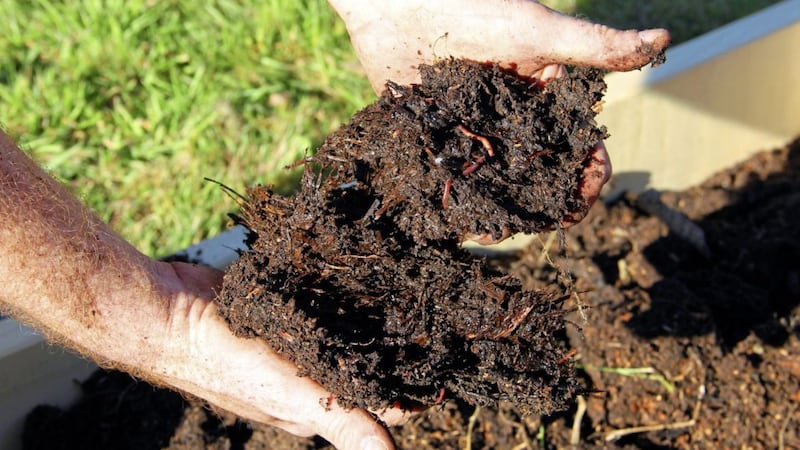WHEN it comes to generating waste, Christmas signals a massive spike. Even many welcome gifts for adults come with excessive packaging but kids toys are by far the worst, and leave many a bin brimming with polystyrene, wrapping paper and cardboard. Then there’s the food. To deal with the Christmas glut you need to be resourceful or have a dog to eat leftovers.
The only use I’ve thus far found for polystyrene is to bulk out big pots. It’s a light material and it doesn’t rot when it gets wet, so rather than fill the bottom of a large container with stones or earth, I break up the moulded polystyrene packaging and use chunks of it instead, just above some crocks of broken plant pots or roof tiles. It forms a well-drained layer that saves on compost and also means the pot is easier to manoeuvre. Unfortunately, when you’ve got young children, the supply of polystyrene far outstrips demand, so plenty will inevitably end up in landfill.
A green gardener, however, should never have to throw away cardboard. This free and lightweight resource has two key applications. Plain brown cardboard and moulded pulp such as egg boxes will help maintain the equilibrium in your composting process. Like leaf mould and straw, cardboard is carbon – or ‘brown’ – material which is essential for offsetting the effects of nitrogen – or green – material, such as grass cuttings, fresh manure and kitchen waste. This right combination creates the perfect conditions for the micro-organisms to get work breaking down fresh waste and turning it into a dark, crumbly material that won’t be unpleasant to smell.
Waxed or laminated cardboard is less easy to compost due to the inorganic film that often covers it. However, its sturdiness makes it ideal for laying flat on ground you’re planning to reclaim.
The many hefty feasts over the festive period will generate a lot of kitchen waste that can all be recycled for the benefit of the garden. If a dog’s too lively for you, why not get some worms to turn your scraps into compost? A wormery may sound smelly and dirty but this is far from the case and in places where space is limited, people even have them in their kitchen or utility room. The worms will even slowly compost modest bits of leftover meat though I wouldn’t fancy that happening in the corner of my kitchen.
I keep my wormery at the far end of the garden where it plays an equal role in a three-pronged compost-making process that also involves a sealed composting bin and a traditional heap. All three are fed a diet of roughly two parts green to one part brown
material, including generous helpings of cardboard.
The sealed bin – a ‘Green Johanna’ no less – is designed to be vermin proof, which means it’s used to process the majority of the household’s kitchen waste. In smaller quantities the same sort of stuff goes in the wormery where a more intensive process creates a finer, richer worm cast. The liquid created and collected in a sump at the base of the wormery is drawn off with a tap and diluted to make an organic plant feed. The heap, meanwhile, is for courser waste, much of it from the garden.
Over the festive period I plan to add material composted from leftovers last Christmas to my vegetable beds as a mulch. With the help of micro-organisms, worms and the elements – including a few good frosts – they’ll be ready by late spring for young Brussels sprouts.








